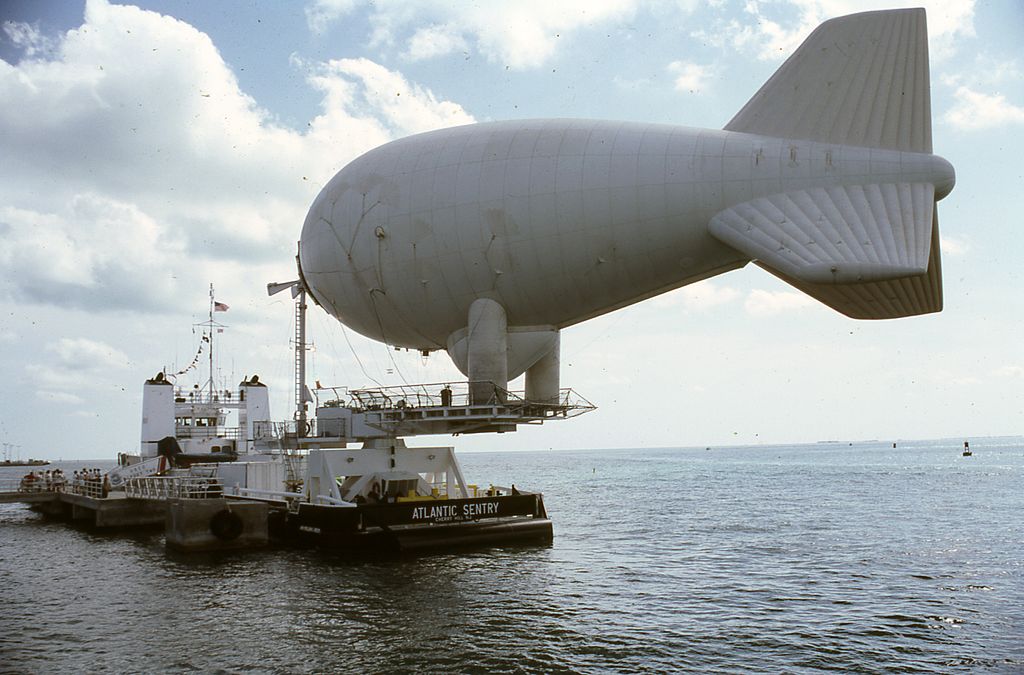
The massive size and highly unregulated nature of waterways worldwide have made the maritime environment attractive for criminals of transnational violence. Sea-borne terrorism has become more common since 2000. It is due to the global escalation of small arms and growing vulnerabilities in maritime monitoring. A rise in commercial naval traffic and a decline in coastal and port-side security are a few reasons for the increased maritime crime.
According to Peter Chalk of RAND Corporation, analysts also fear that terrorists may soon exploit freight trading to transport weapons of mass destruction, especially in South-East Asia, where criminal activity is widespread. Moreover, maritime security has proved challenging even for developed countries because of the technical difficulties associated with inspecting incoming naval traffic and the need to balance sea and land-based security needs.
However, even with modern advancements in ISR technologies (Intelligence, Surveillance, Reconnaissance), there is simply no one solution that can provide all the information needed to curb maritime crime. Despite such challenges, maritime aerostats are one of the most effective, efficient, and fast-to-deploy solutions to help decision-makers get the information they require.
Tethered maritime aerostats are balloons, similar to blimps, which use lighter-than-air gases to take flight and remain aloft while moored by ground equipment. These balloons are used as tactical airborne platforms for radar systems, cameras, communication equipment, and other scientific equipment. Further, they can be designed and manufactured according to specific requirements such as operating temperature, wind speed, altitude, and payload carrying capacity. Integrating a tethered aerostat with critical information system components can provide a cost-effective means to conduct various tasks, including maritime border monitoring. The military and navy benefit the most from the deployment of aerostat due to its ability to stay in higher altitudes, providing uses of communications relay, atmosphere testing, and radio frequency jamming.
Still, the role they appear most suited for is the constant supervision of critical borders. Their mechanism reduces operating costs and extended dwell time while surviving through dynamic weather. In contrast, their expensive and highly complex substitutes, such as human-crewed aircraft and UAVs, fall prey to accidents caused by human errors and mechanical failures. The operational need for aerostats and their ability to satisfy various needs make them the best for ensuring maritime safety.
Many global superpowers have deployed aerostats in their waters since the early 2000s to improve global and regional maritime security. According to Singapore Daily, Singapore, became in 2014 the first South-East Asian country to get such a high-tech balloon, which has been used by military and law enforcement agencies in the U.S. and Britain since the 1980s. However, the technology is yet to make headway in the rest of the South-East Asia region. Regardless, the growing government expenditure for improving security is likely to stimulate the growth of the Asia Pacific aerostat systems market. According to a forecast by Maximize Market Research, the Indian aerostat system market is expected to grow with the highest CAGR over 2020-27 since the Indian government is undertaking various strategic initiatives to empower its military prowess.
Furthermore, several companies such as Aeros, Lockheed Martin, and Raytheon responded to urgent needs in Iraq and Afghanistan for aerostats with monitoring capabilities. However, new-age companies from South-East Asia must also diversify in aerostats to establish their fort. One such company is the Wynyard Group, which is researching aerostat technologies heavily to bring them to South-East Asia. The company wishes to produce Tethered Aerostats that can support a variety of monitoring and tactical equipment such as high-resolution video cameras, electro-optical/infrared (EO/IR) sensors, communication repeaters, acoustic detectors, radar, and a ground control station for media storage, data transmission, and system management functions.
Wynyard Group’s aerostats are likely to have an option to upgrade to meet changing mission requirements which would be an added advantage for the dynamic needs of law enforcement and military agencies. Its system would deliver 360° coverage, high-quality information gathering, and accurate target allocation – transmitting video and data to a control station on the ground.
As such, the prevalence of aerostat technology in South-East Asia would change the way naval security agencies conduct monitoring operations. The tech would result in an unmanned, cost-effective, and sustainable alternative to providing 24-hour coverage of maritime borders.

